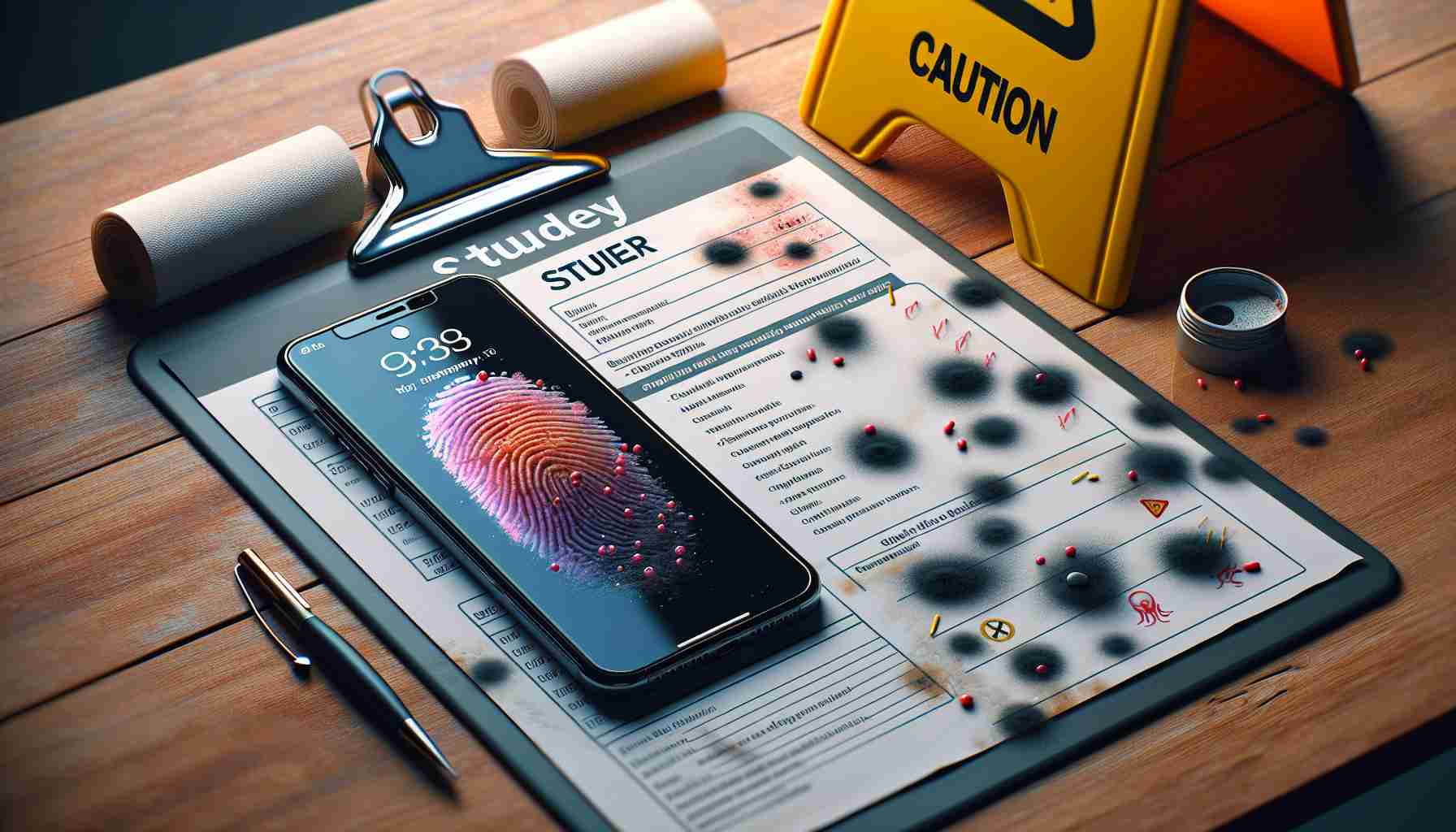Smartphone hygiene, or the lack thereof, is a concerning issue as revealed by a recent study. An alarming 60 percent of smartphone users confess to taking their phones to the restroom and failing to clean them afterward. Even after washing their hands, individuals neglect the need to sanitize their phones, which are then often placed on various surfaces like kitchen counters, dining tables, and beds, heightening the risk of germ dissemination.
Beyond mobile phones, the study shed light on the neglect of cleaning other commonplace gadgets, such as television remotes. These remotes, which are handled almost 5,500 times a year by each person, are rarely disinfected by nearly a third of adults. The survey reveals that a significant portion of the population does not fully grasp the ease with which germs can transfer from person to person through shared items.
A particular spotlight in the research findings was the collaboration between Dettol and home expert Sarah Beeny who underscored the importance of acknowledging the potential germ spread within a household. The launch of GermWare, a product line featuring antibacterial items made from copper like TV remotes and phone cases, highlights the necessity of sanitizing shared household items.
Hygiene awareness was significantly increased after survey participants were educated on germ transmission. With newfound knowledge, people expressed a greater likelihood to disinfect shared items. Despite this awareness, some individuals still admitted to engaging in hygiene-compromising actions such as preparing food without washing their hands. The survey ultimately underscores our potential unconscious role in proliferating germs, advocating for more conscientious cleanliness habits.
Relevant Facts:
– The average smartphone user touches their phone over 2,600 times daily, and “extreme” users touch their phones over 5,400 times daily, according to a study by research firm dscout. This frequent contact becomes a significant factor when considering the potential for germ spread.
– Touchscreens on smartphones can harbor more germs than some surfaces in public toilets, increasing the importance of regular cleaning and disinfection.
– In a study published in the journal “Germs,” researchers found that high-touch surfaces like smartphones can serve as a reservoir for pathogenic organisms, including bacteria and viruses.
Important Questions and Answers:
– What is the significance of the study on smartphone hygiene habits? The study highlights an often overlooked vector for the transmission of germs and bacteria, which is particularly important in the context of maintaining personal and public health standards.
– How can smartphone users maintain better hygiene? Users should regularly clean and disinfect their devices with products that will not damage the electronics, like alcohol-based wipes or UV sanitizers specialized for electronics.
Key Challenges or Controversies:
– The challenge lies in changing user behavior to incorporate regular and effective cleaning routines for electronic devices without causing damage to sensitive components.
– There is also controversy about the effectiveness and environmental impact of antibacterial covers or cleansers, with some concerns regarding the development of resistant strains of bacteria due to overuse.
Advantages and Disadvantages:
– Advantages: Regular sanitization of smartphones could significantly reduce the spread of germs and potentially prevent illnesses. Antibacterial items, like those in the GermWare product line, may offer additional protection and peace of mind.
– Disadvantages: Frequent use of certain disinfectants can lead to device damage over time, which might be costly. Additionally, increased use of antibacterial products could contribute to the development of resistant bacteria.
To learn more about the importance of hygiene and sanitization, you can visit the official website of Dettol at Dettol or check out resources from health organizations such as the Centers for Disease Control and Prevention through their website at CDC. Please ensure the links are entered correctly and the URLs are accurate.
